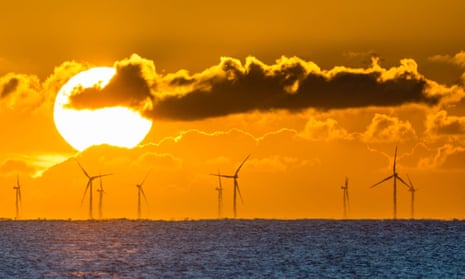The first offshore wind turbines had blades that were 17 metres long and towers 54 metres high. The generation of turbines currently being built have a blade length of 115.5 metres and the towers are five times the height at 280 metres.
As wind turbines have got bigger, the shipborne cranes required to hoist giant blades into place at sea need to be taller and stronger – but there are not enough vessels with the necessary lifting power.
The race by many countries to take advantage of electricity generation from offshore wind is a bonus for the shipbuilding industry. Shipbuilders are rushing to meet demand and 11 wind turbine installation vessels are expected to be completed by next year.
Even more are needed if countries in Europe, Asia and North America are to meet their ambitious offshore wind targets. The advantage of the new ships is that they can carry enormous loads and so keep installation costs down.
Wind turbine installation vessels are the supertankers of the renewable age, and large vessels, as with tankers, provide economies of scale. About five times as many will be needed at sea by 2030 as are operating now.

Comments (…)
Sign in or create your Guardian account to join the discussion